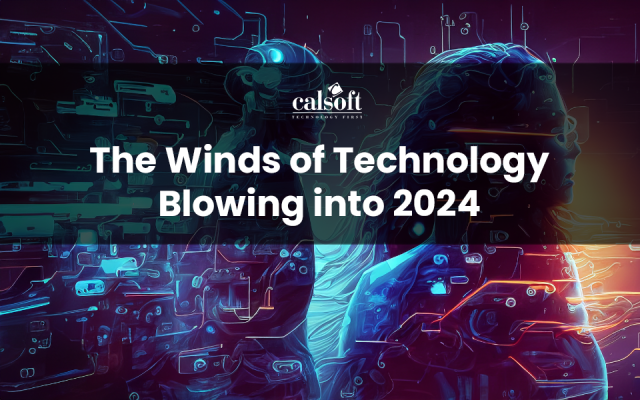An ISV goes through several stages of maturity.
It starts as an emerging startup or a company that’s in stealth mode. Next, it matures and establishes a loyal customer base. It also deepens its presence in the market. The final stage is when the company has matured fully and reached its peak. Now, it’s time for the company to expand its universe and tap unexplored territories.
There’s no doubt that product companies and Independent Software Vendors (ISVs) have to innovate and grow to remain relevant.
Let’s explore how product development approaches must evolve as the company matures.
Different Product Development Approaches for Companies
- New startups
At this stage, the company is starting entirely from scratch. So, they have to find the right target audience, analyze if the market is ready for the product, and get the product idea tested and validated. The next step is to build a minimum viable product (MVP), i.e., build a product with minimal but functional features to check for market acceptance from a contained, but potentially committed segment of the market. Building an MVP will help the company save time, costs, and effort. Once this product is launched, the company can evaluate the market response and go ahead with full-fledged development and testing of the product or tweak features and value propositions. They can eventually plan launch strategies and determine the pricing once the whole product is ready. Post-launch, the company must regularly monitor customer feedback, find out what’s working and what’s not, and accordingly determine the next growth steps.
- Mature companies
As the company grows, the shape of the product becomes stable, it builds a loyal customer base and has a fairly well-established process. However, it still has the potential to disrupt the industry and thrive. The best way to start this process is by modernizing legacy systems and platforms and driving technology evolution for greater product impact. Legacy platforms can prove to be a bottleneck to the company’s growth. It could stop them from being agile and even be cost-intensive. Modernizing these systems could help these companies reduce costs by up to 13% and grow their annual revenue by 14%. Considering the modernized systems promote agile methods and better collaboration, companies will be able to respond to market changes and launch new products or features quickly. They are also more secure and enable the companies to comply with regulations effectively. However, to transition from legacy to modern systems successfully, ISVs must work with the right technology partner. Modernization requires careful planning as companies need to migrate from one technology to another and transfer several legacy files and codes into a new environment. Given the complexity of the process, the right partner’s help is essential to be able to do it efficiently.
- Established companies
What comes to mind when we think of companies like Kodak or Nokia? These are companies that were leaders in the photography and mobile industries, respectively. However, their influence became insignificant as their competition disrupted established models, and they failed to innovate. Now, look at companies like Adobe. In 2012, it changed its model. From being one-time purchase products, Adobe’s products are now available as Creative Cloud subscriptions. Customers pay a monthly or annual subscription fee and use the product for only as long as they want. This transition helped Adobe to become a $95 billion SaaS company. The reality of business is that often once a company becomes an industry leader and reaches its peak, growth starts to slow down. It becomes harder for them to innovate. They risk becoming redundant and getting replaced by competitors. This is the time for companies to transform their business digitally. This is also the time to explore unexplored territories and become direction-setters. For example, Amazon and Salesforce did not stop at building products. They transitioned to building platforms, which helped them gain a competitive edge and sustain the business. To transform the business, ISVs need to work with product development partners who will understand their business and align their goals according to it. They should help the ISVs with end-to-end transformation – right from strategizing to redesigning products and processes for cloud and retraining employees.
- Emerging and established ISVs
Typically, the ISV’s role is to build software for companies. However, product models are changing. Software is available as a service. ISVs have had to move to build a complete ecosystem to sustain their business. Products are no longer the main driver of business. Hence, it’s time that ISVs change their strategies to stay in the race. ISVs need to adopt cloud-first and digital-first strategies. They need to embrace new methodologies like DevOps, pay-per-licensing, open-source technologies, and third-party integrations to acquire and retain customers and enhance their revenue. Emerging ISVs may find this transformation simple, But established ISVs would require a complete overhaul of processes and operations to transform digitally. There could also be initial reluctance to migrate to the cloud or adopt the SaaS model, but a new operating approach would help ISVs thrive in this competitive space. This is where a product development partner with the expertise born of several such transitions will provide invaluable support.
Conclusion
All ISVs face some common questions while defining their growth strategies:
- How to accelerate?
- How to stay agile?
- How to speed up product delivery?
- When to take the leap?
- Where to seek innovation?
- When to scale?
The answers differ for companies at different maturity stages.
Hence, ISVs need to work with specialized partners who can tailor the approaches based on maturity assessments and business needs.
Calsoft has launched an offering called Mozaic to help companies take the giant leap to the next stage and become future-ready. We have designed specialized offerings for every type of company to help them scale, innovate, and grow.
- MozaicFast+ for technology startups
- MozaicForward+ for emerging ISVs
- MozaicDisrupt+ for mature companies
- MozaicTransform+ for established companies
Connect with us to know more about Mozaic.






